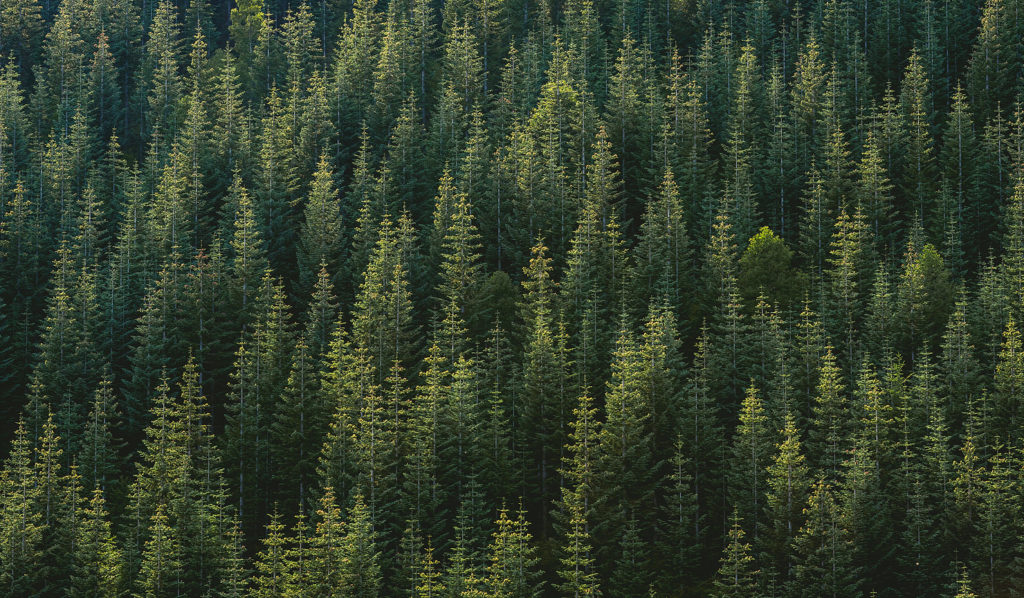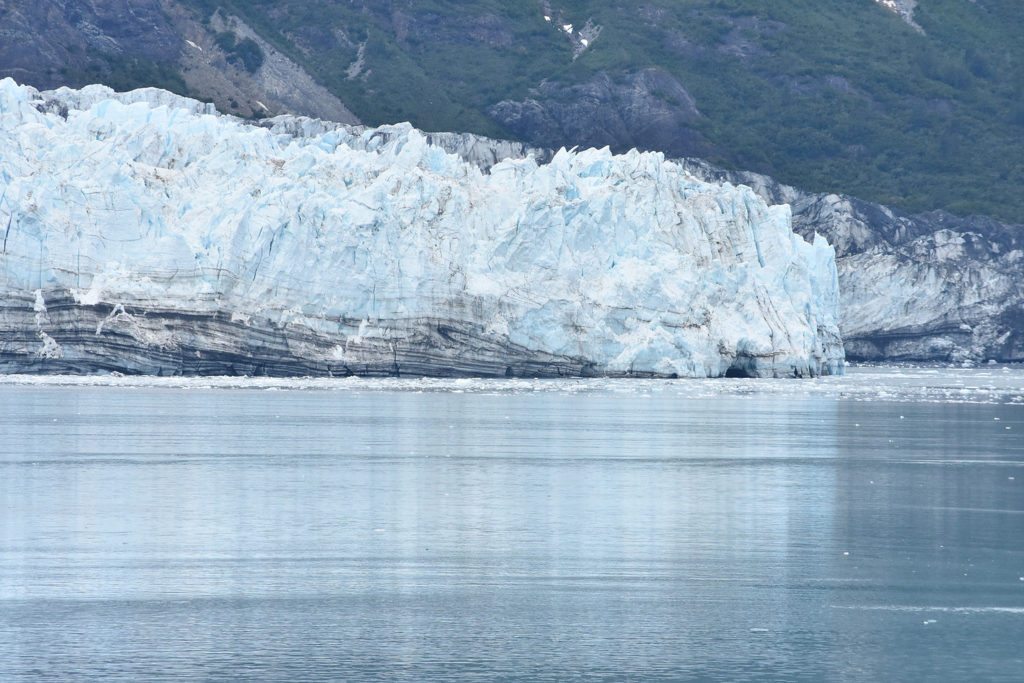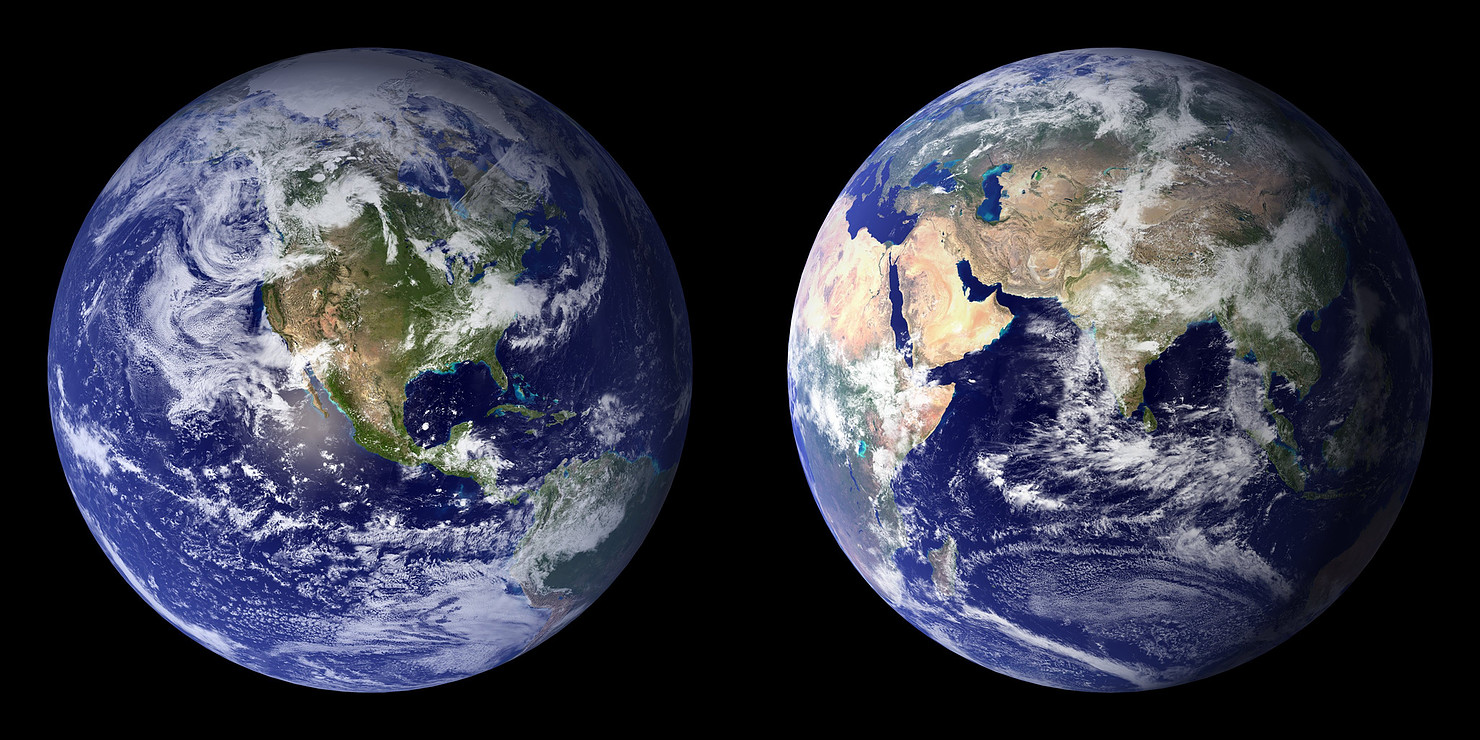You probably hear about climate change all the time, or global warming as it’s sometimes called. But do you actually know what it is and why it’s important?
The Earth and its climate are always changing. 10,000 years ago, Lake Champlain – the freshwater lake between New York state and Vermont – was under a mile of ice. Carbon dioxide (CO2) levels change naturally over time; that’s completely normal. But when there’s a large amount of CO2 in the atmosphere, as there is now, it creates a kind of insulating blanket that traps in the sun’s heat. This causes temperatures to rise.
CO2 is what we and other animals breathe out. It’s poisonous to humans. When you’re in an area with no oxygen flow, you don’t die from a lack of oxygen: you die from CO2 poisoning from your own exhalation. Plants take in CO2, along with sunlight, water

CO2 is also stored in trees and plants in large amounts. So, when you chop down a tree, as well as getting rid of something that can recycle our CO2 and remove it from the atmosphere, you’re releasing substantial amounts of it from that tree, too. When we clear-cut forests, there are a number of problems – like destroying animal habitats. But one of the most important is the mass release of CO2 into the atmosphere. And, remember, the more CO2 there is in the atmosphere, the warmer our planet gets.
The industrialized world also produces a lot of CO2. Motor vehicles and factories (both of which use fossil fuels) are the biggest culprits. But livestock like cows and pigs produce a lot of methane – another greenhouse gas that contributes to the insulating blanket. In fact, deforestation to make way for livestock – along with methane emissions from the livestock – creates as much greenhouse gas as all the world’s cars, trucks, and airplanes combined. For you, personally, the most effective action that you can take against climate change isn’t buying a hybrid car, or traveling less by air: it’s eating less meat. Click here to read more.
When we add this much CO2 and methane and other greenhouse gases into the atmosphere, the blanket gets thicker and thicker. The extra heat, even if it doesn’t sound like much, can do serious damage (which you can read more about here). The oceans start to warm up, killing plants and coral. We rely heavily on the ocean for our oxygen: it’s not just land plants that produce it. Plus, a warmer ocean releases more CO2 – which gets into the atmosphere and contributes to that blanket, warming the Earth even more. It’s a vicious cycle.

The melting of glaciers has a snow-ball effect (no pun intended) too. Glaciers, being white, reflect a lot of sunlight. When they start to melt, not only do they release CO2 trapped inside, but also the water that they melt into actually absorbs the sunlight – and heat with it. So, glaciers melting means there’s less white surface area to reflect the sun, which causes the Earth to heat up even more – which melts more ice, releasing more CO2 and preventing more sunlight from being reflected. The cycle continues.
Yes, the amount of CO2 in the atmosphere cycles over time. But the amount that is in our atmosphere right now is very much outside the trend. As well as reading all the facts, look at the devastating natural disasters that are happening more and more frequently. That’s climate change in action. The spike that has occurred in the last 100 years is clear – and we have created it. The world is one whole degree warmer than it was before industry began, and that’s our fault. Click here to read more.
Now, it’s time to make some serious changes to rectify it before we get to the point of no return. Are you with me?
